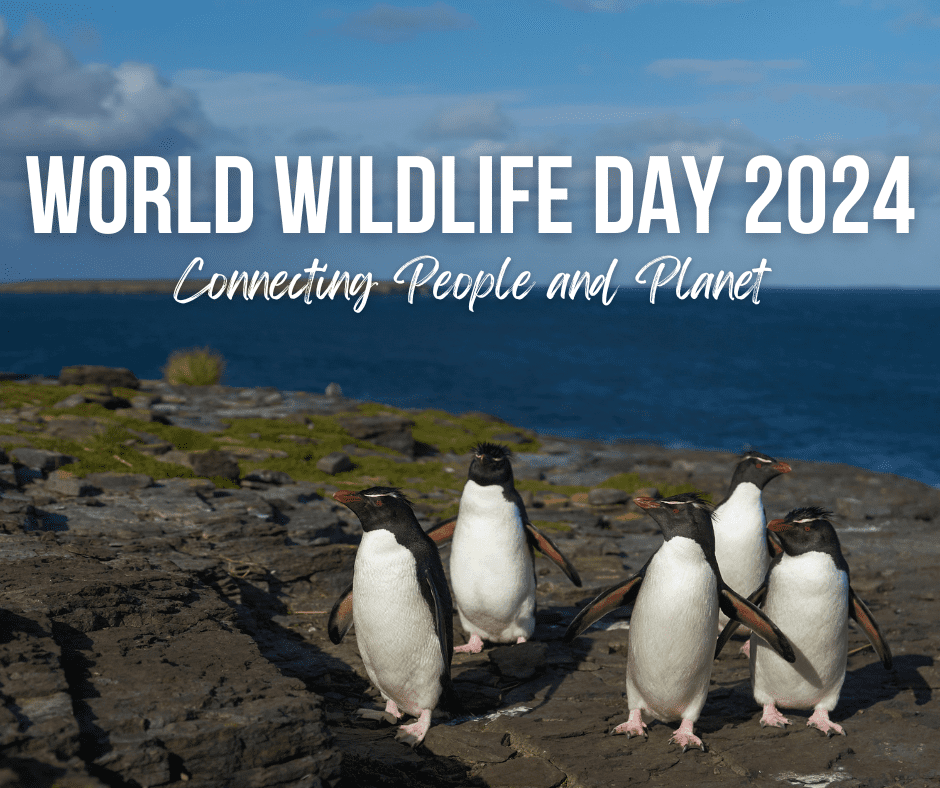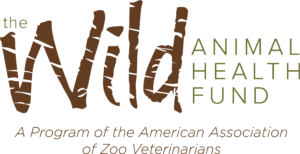World Wildlife Day 2024

March 3rd is World Wildlife Day, a dedicated time to celebrate the animals and plants that call Earth home and the contributions they make to the planet. It’s important to take a moment to appreciate the beauty and range of life in the world around us. Biodiversity is what keeps our ecosystems functioning and the world thriving. Protecting and preserving our environment is crucial to this process.
More plants and animals are threatened with extinction. Wildlife species face more threats like disease, habitat destruction, and poaching than ever. Three species go extinct every hour. The more we wait and put our faith in others to pick up the slack, the more animals we lose. Join us in picking up the pace to save the animals we love before it’s too late.
How Are We Helping?
The Wild Animal Health Fund is improving endangered species conservation by solving wildlife health issues. Zoological medicine is lightyears behind other veterinary fields like domestic animal practices–and we need to catch up. This gap in knowledge is due to the lack of funding for wild animal health studies. That’s where we step in. The Wild Animal Health Fund funds critical and groundbreaking studies to solve the conservation puzzle one project at a time. Since 2012, the Wild Animal Health Fund has funded over 137 research projects and counting.
The theme for this year’s World Wildlife Day is “Connecting People and Planet: Exploring Digital Innovation in Wildlife Conservation.” Thanks to modern technology, we’re now more connected than ever before. The world of zoological conservation has vastly improved with the expertise and shared knowledge of veterinarians around the globe.
Connecting People and Planet
Nowadays, veterinarians can collaborate in ways we’ve never dreamed of. The Wild Animal Health Fund helps fund projects for zoo and wildlife veterinarians to connect and further their knowledge of animal health.
Preserving and protecting biodiversity requires a bit of innovation. Infrared thermography (IRT) is used to assess building insulations and electrical issues. However, it has recently found utility in the medical field.
With help from the Wild Animal Health Fund, wildlife veterinarians from the Detroit Zoological Society were some of the first people to test the effectiveness of IRT in zoological medicine. Using the heat mapping technology from IRT, they were able to identify bumblefoot, an inflammatory condition of the feet, on penguins. This new method using IRT is a less invasive diagnostic tool to identify the early stages of a brutal disease. Moreso, this new technology has helped reduce the occurrence of bumblefoot in penguin populations so they can continue thrive in the wild and under managed care.
Through critical health studies, zoo and wildlife veterinarians can understand their patients better. Hundreds of species rely on us to discover ways to keep them longer on this planet. Help us close the knowledge gap on World Wildlife Day, one study at a time.
Education is another important factor of helping conservation concerns. One way we can connect to our environment is through learning more about the world we live in. Stay up to date with our latest projects and wildlife news!
Want to see what else we’ve been up to? Check out our previous projects!
